Other

“Idea is to make small cheap portable variable power supply for hobbyists. It main purpose is to test some electronic components or to power some projects in their early development or for POC stage. Parts used in project are: - Digital …

“A bench power supply is an essential tool to have when working with electronics, being able to set the exact voltage your project needs and also being able to limit the current for when things go to plan really useful …
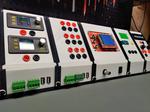
“This is a low cost, modular elctronics lab system for hobbyists. The customizable modules include fixed and variable power supplies, measurement tools, component testers and much more. Everything in here is done with open source software, including FreeCAD for all …
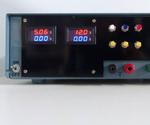
“In myteenage years, about 40 years ago, I created a dual linear power supply. I got the schematic diagram from a magazine called ‘Elektuur’, nowadays called ‘Elektor’ in The Netherlands. This power supply used one potentiometer for the voltage adjustment …
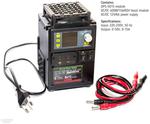
“Any workshop must have a good lab power supply. Somehow it happened that a PC power supply was always enough for me. But when power was needed at 30, 40 and 50 Volts, the situation slightly changed. After a short …
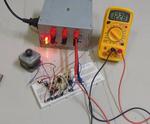
“A bench power supply is necessary when working with electronics, but a commercially available lab power supply can be very expensive for any beginner who wants to explore and learn electronics. But there is a cheap and reliable alternative. By …

“Features: - AC – DC Conversion Double output voltages (Positive – Ground – Negative) - Adjustable positive and negative rails - Just a Single-Output AC transformer - Output noise (20MHz-BWL, no load): Around 1.12mVpp - Low noise and stable outputs (ideal to power Opamps and Pre-amplifiers …
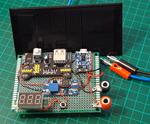
“In this project I present you the power supply module I use mainly for my ARDUINO projects. Basically the circuit use a 3,7V 1800 mAh Lithium battery connected to a breadboard power supply module This configuration give us a …

“A tiny DC to DC buck converter board is useful for many applications, especially if it could deliver currents up to 3A (2A continuously without heatsink). In this article, we will learn to build a small, efficient, and cheap buck …
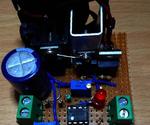
“A linear voltage regulator maintains a constant voltage at output if the input voltage is greater than output while dissipating the difference in the voltage times the current watts of power as heat. You can even make a crude voltage …
